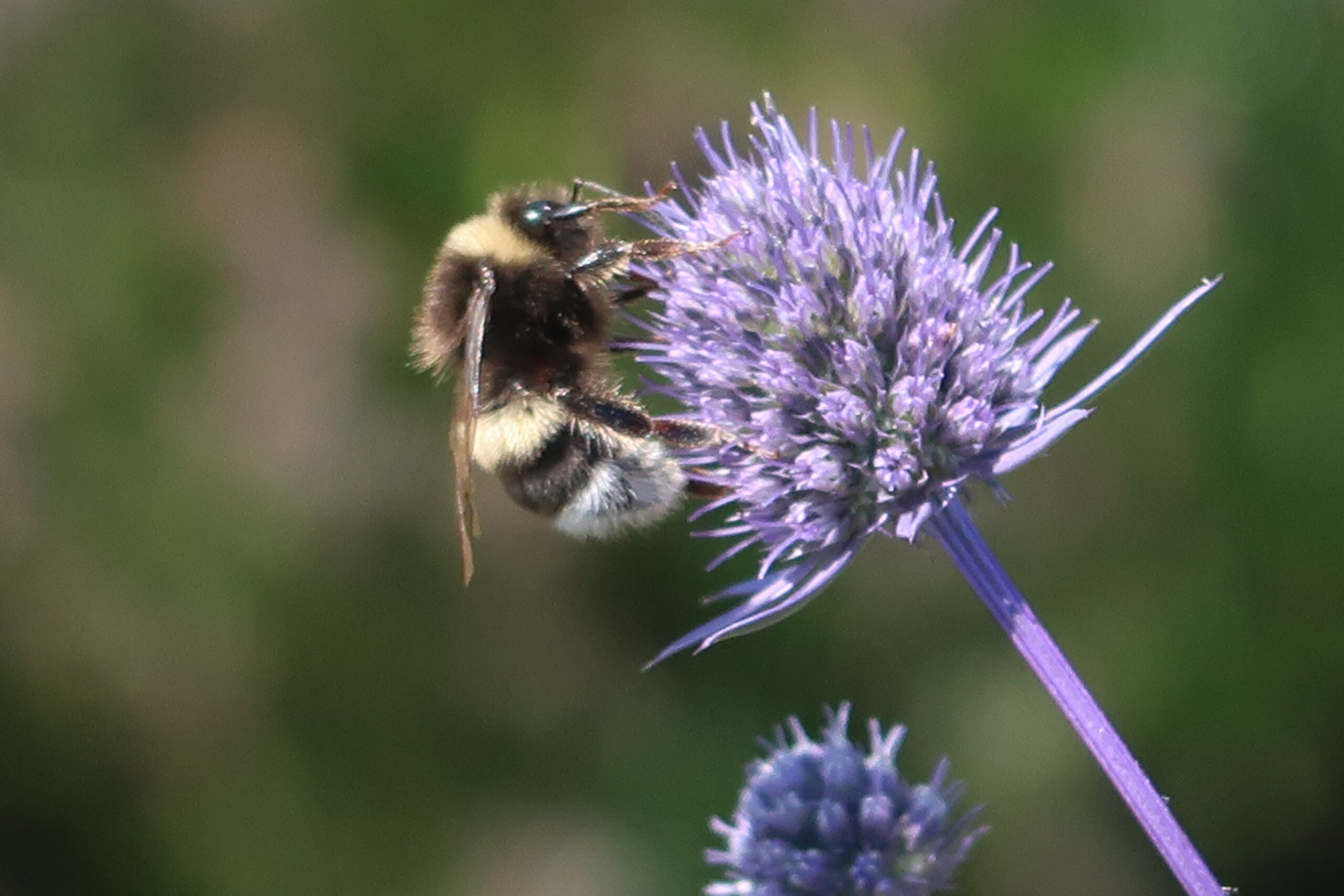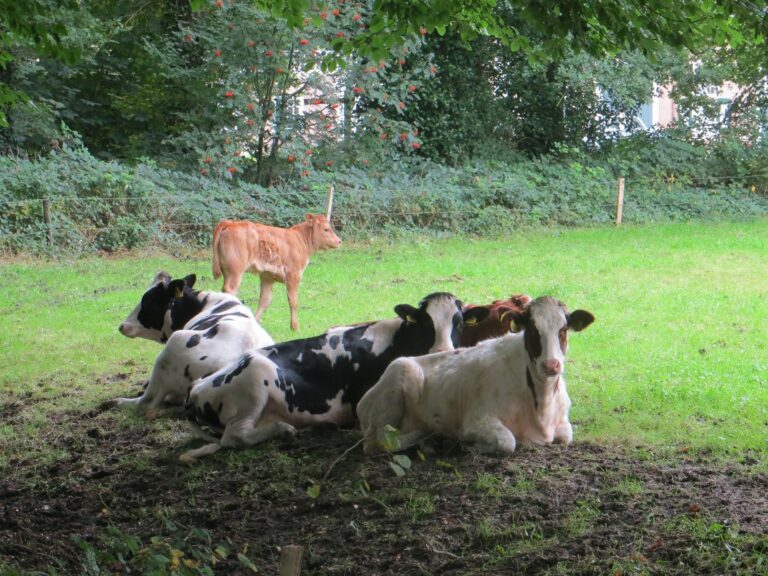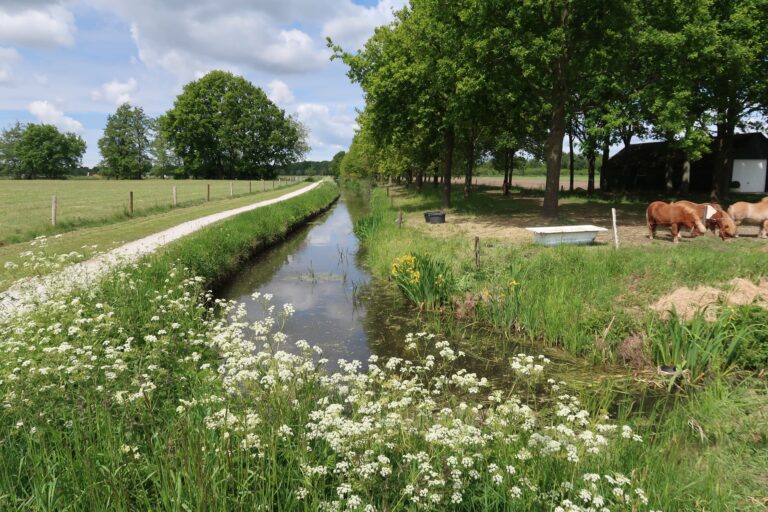Op oude kaarten loopt al een weg van Elburg naar de Hoge Enk, een notoire route, want de Gerichtenweg was namelijk de plek waar de galg stond. De naam van de weg verwijst naar de plek waar het recht werd voltrokken.
In de Middeleeuwen werd in dit gebied met name aan akkerbouw gedaan. Boekweit gedijde bijvoorbeeld goed op deze armere zandgronden. Ook ontstond hier bijenhouderij, omdat voor de bestuiving van de boekweit bijen van onschatbare waarde waren. Nog maar te spreken over de heerlijke honing die dit opleverde.
Het bleek een mooie aanvulling op de inkomsten. Op de Hoge Enk is er destijds zelfs een akker naar de bijen genoemd; De Bijenkamp. Vandaag de dag staat er een woonwijk op dat stuk land en herinnert alleen de straatnaam Bijenkamp nog aan die bron van inkomsten.





